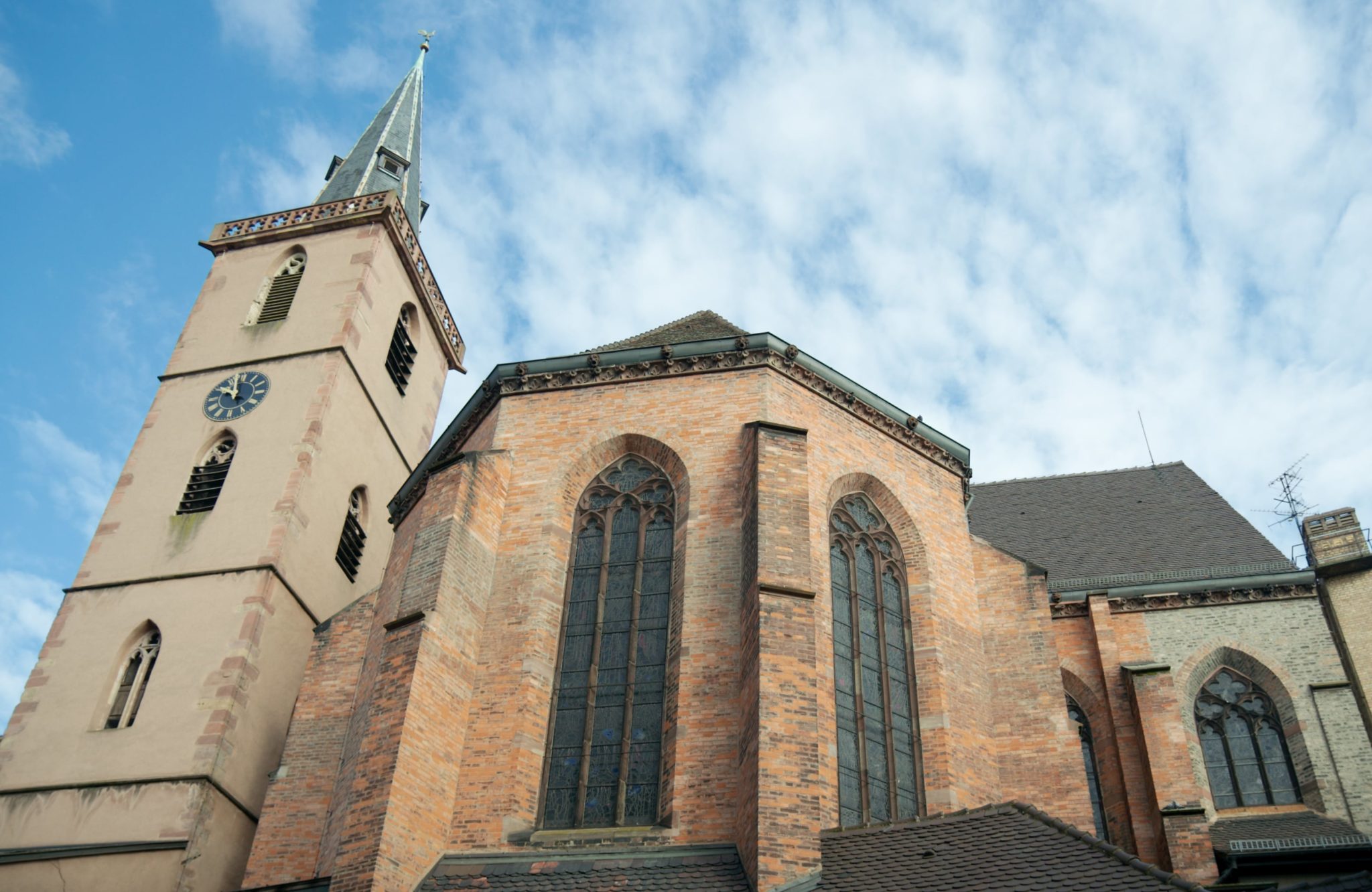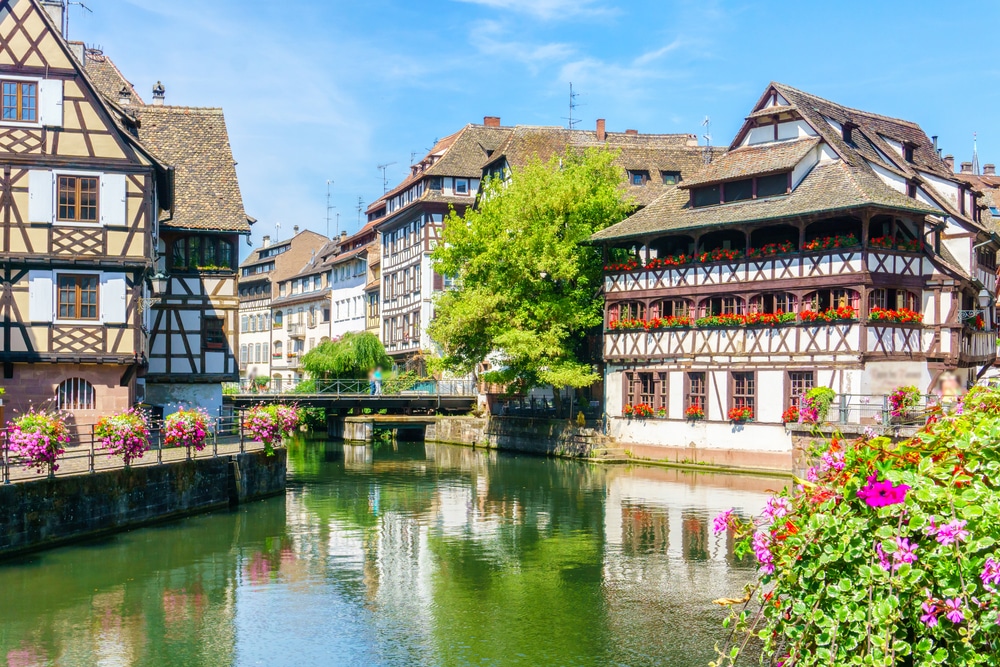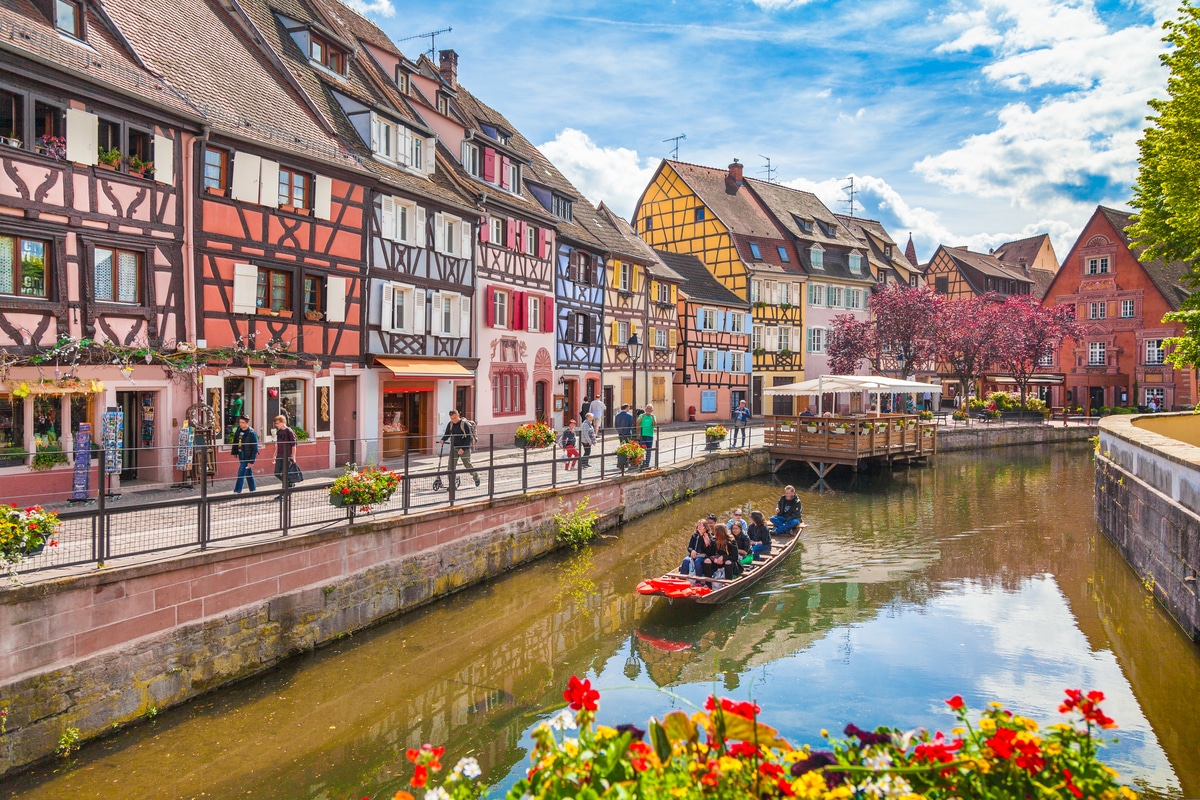- Home ›
- France ›
- Strasbourg
Saint-Pierre-le-Vieux

History
The origins of Saint-Pierre-le-Vieux go back a long way. Near the site, archaeologists found remains from the Roman and Merovingian periods. They were wall remains, although it is not clear to which building they belonged. A document from 1130 mentions for the first time a cathedral that was located on the site of Saint-Pierre-le-Vieux.
On 22 May 1398, the monastery of Honau moved to Saint-Pierre-le-Vieux from Rheinau. The monks had to move away because of flooding. The monastery of Honau was originally a Scots monastery. Thus monks of the Iro-Scottish mission brought their way of worship to Strasbourg. The Catholic mass remained there until 1529 and was restored in 1683.
The year 1529 was the year Strasbourg joined the Reformation. The church of Saint-Pierre-le-Vieux became a Lutheran church. To rebaptize all churches into Lutheran places of worship was one of the demands of reformers such as Martin Bucer and Matthew Zell. However, when Strasbourg came under French rule in 1681, Catholicism again became more important. And so it happened that Saint-Pierre-le-Vieux was separated into a Catholic and a Protestant part. The choir became Catholic, the nave of the church Protestant. A wall 1.50 meters thick separated the two parts.
The Protestant part
Unlike the Catholic part, the Protestant part of Saint-Pierre-le-Vieux remained almost unchanged. The nave and tower still date from the 14th century. Here is the historic organ from 1898, built by the organ builder Eberhard Friedrich Walcker. The case comes from an organ built by Andres and Gottfried Silbermann in 1709. In the protestant half there are also gothic frescos.
The catholic part
Around 1867 a new sacral building was added to the Catholic part. Jean-Geoffroy Conrath, then Strasbourg's director of town planning, had a new church built in the neo-Gothic style. This new building was turned at 90° to the old one, swallowing up most of the medieval choir. The facade was designed by the Wroclaw architect Fritz Beblo. At the beginning of the 20th century valuable winged altars were added. In the Catholic section there is a cycle of Christ's life from 1485 and scenes of St. Peter from 1500.



